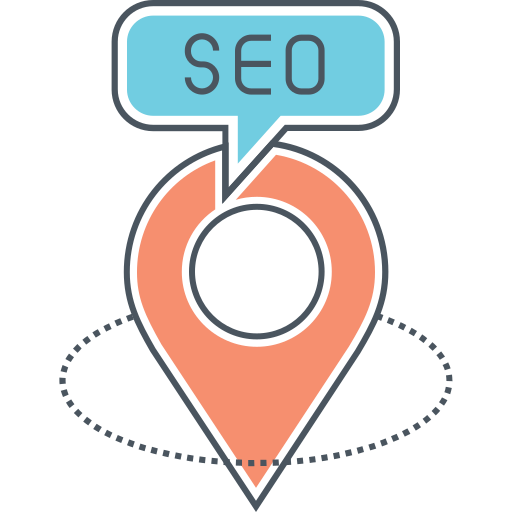7 Bad SEO Practices & How to Avoid Them
Search engine optimization (SEO) is crucial for improving your website’s visibility on search engine results pages (SERPs). However, there are certain bad SEO practices that can harm your site’s rankings and negatively impact your online presence. In this article, we will discuss seven common bad SEO tactics and provide tips on how to avoid them.
1. Keyword Stuffing
Keyword stuffing refers to the excessive use of keywords in your website’s content, meta tags, and URLs. While it was once considered an effective SEO strategy, search engines now penalize websites that engage in this practice. To avoid keyword stuffing, focus on creating high-quality, informative content that naturally incorporates relevant keywords. Use tools like Google Keyword Planner to identify suitable keywords for your content.
2. Duplicate Content
Duplicate content refers to identical or very similar content that appears on multiple web pages. Search engines prioritize unique and original content, so having duplicate content can harm your site’s rankings. To avoid this, regularly audit your website for duplicate content using tools like Copyscape or Siteliner. If you find duplicate content, either remove it or make it unique by adding additional information or insights.
3. Poor Website Structure
A poorly structured website can make it difficult for search engines to crawl and index your content. This can result in lower rankings and reduced visibility. To avoid this, ensure that your website has a clear and logical structure with well-organized navigation menus. Use descriptive URLs, header tags (H1, H2, etc.), and internal linking to help search engines understand the hierarchy and relevance of your content.
4. Slow Page Speed
Page speed is an important ranking factor, as users prefer fast-loading websites. If your website takes too long to load, visitors are likely to leave, leading to higher bounce rates and lower rankings. To improve page speed, optimize your images, minify CSS and JavaScript files, enable browser caching, and use a content delivery network (CDN). Tools like Google PageSpeed Insights can help you identify specific areas for improvement.
5. Ignoring Mobile Optimization
In today’s mobile-dominated world, having a mobile-friendly website is essential for SEO. If your website is not optimized for mobile devices, it will not only provide a poor user experience but also receive lower rankings in mobile search results. To avoid this, use responsive web design to ensure that your website adapts to different screen sizes and resolutions. Test your website on various mobile devices to ensure optimal performance.
6. Neglecting Metadata
Metadata, including title tags and meta descriptions, plays a crucial role in SEO. Neglecting to optimize your metadata can result in missed opportunities to attract organic traffic. To avoid this, ensure that each page of your website has a unique and descriptive title tag that includes relevant keywords. Craft compelling meta descriptions that accurately summarize the content of each page and entice users to click through to your website.
7. Lack of Quality Backlinks
Backlinks from reputable and authoritative websites are an important ranking factor. However, some websites engage in black hat SEO practices, such as buying low-quality backlinks or participating in link schemes. These practices can result in penalties from search engines. To avoid this, focus on creating high-quality content that naturally attracts backlinks from relevant websites. Engage in ethical link building strategies like guest blogging, influencer outreach, and creating shareable content.
In conclusion, avoiding these bad SEO practices is essential for maintaining and improving your website’s search engine rankings. By focusing on creating high-quality content, optimizing your website’s structure and metadata, and engaging in ethical SEO strategies, you can enhance your online visibility and attract organic traffic.

![25 Best AI Social Media Tools to Try in 2024 [Tested Manually]](https://static.semrush.com/blog/uploads/media/d3/fa/d3fa26ef671a81b194bb3a41e73beee4/2c7e96d0d6ae1b7d2f993bdabf9b179b/25-best-ai-social-media-tools-to-try-in-2024.svg)

![The 10 Best AI Writing Tools to Try in 2024 [Tested Manually]](https://static.semrush.com/blog/uploads/media/3a/5e/3a5e0f6ec47a1d4e3495cf6c7a6194d5/8aee055881d17f9c5a0e1ed29dc749fb/the-10-best-ai-writing-tools-to-try-in-2024.svg)
.svg)
